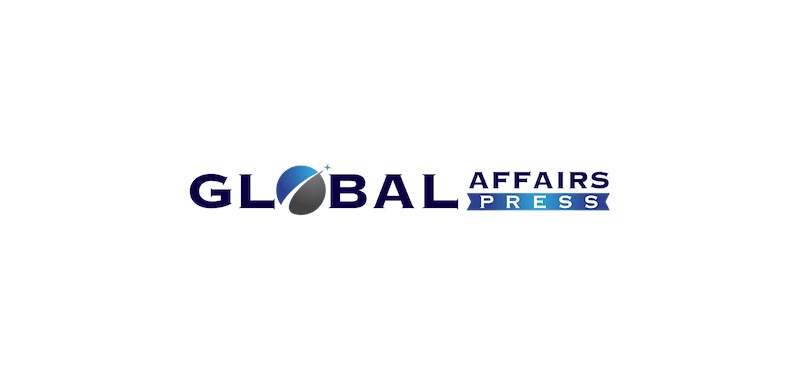Skift Take
India’s travel and tourism sector is witnessing a boom. But making the most of it will need smart ideas and investments. The next few years will show how well global and local companies can seize this chance.
India’s tourism industry is experiencing a major transformation, fueled by the growing middle class and increasing disposable income. Asia Editor Peden Doma Bhutia and India Reporter Bulbul Dhawan recap this month’s developments, discussing India’s rising influence in global tourism. With the country’s booming economy making headlines, what does this mean for global travel? Â
Key Points
India’s Role in Global Tourism: India’s growing middle class is driving a surge in outbound travel, with significant implications for global tourism. India’s outbound travel market is projected to reach $55.4 billion by 2034.
Global Brands and Infrastructure: Global brands like Accor, Hilton, and Airbnb are focusing on India as a critical market. India’s airports are rapidly expanding to accommodate the surge in travelers.
IndiGo’s Business Class: Essentially a low-cost carrier, IndiGo has announced the launch of a business class, reflecting a shift in Indian travelers’ preferences towards premium and luxury experiences.
Yatra’s Challenges: Yatra, a leading OTA in India, faces revenue declines due to intense price competition from Indigo. The company is implementing cost-cutting measures and focusing on its strong corporate travel segment.
Hotel Industry Growth: Branded hotel room signings in India increased by nearly 40% in Q1 FY2025, with a focus on tier 2 and tier 3 cities. This reflects the rising demand for quality accommodation beyond major metros.
Listen Now
Episode Summary
India’s tourism landscape is experiencing a seismic shift, driven by its expanding middle class. The country’s outbound travel market is projected to hit $55.4 billion by 2034, with more Indians traveling domestically and internationally than ever before. Global brands like Accor, Hilton, and Airbnb are positioning themselves to capitalize on this boom, with a strong focus on infrastructure, including expanding airports.
IndiGo, traditionally a low-cost carrier, is launching a business class to cater to the rising demand for premium and luxury travel options. This move highlights a broader trend of Indians seeking more personalized and high-end experiences.
However, the competitive landscape is not without its challenges. Online travel agency Yatra has said it is facing revenue declines due to Indigo’s aggressive pricing strategy. The company is responding with cost-cutting measures and doubling down on its corporate travel segment.
The hotel industry in India is also witnessing significant growth, with branded hotel room signings increasing by nearly 40% in the first quarter of fiscal 2025. The focus is on tier 2 and tier 3 cities, where the demand for quality accommodation is rising. Despite these positive trends, India’s hotel industry remains an underserved market, with a significant gap between supply and demand.

